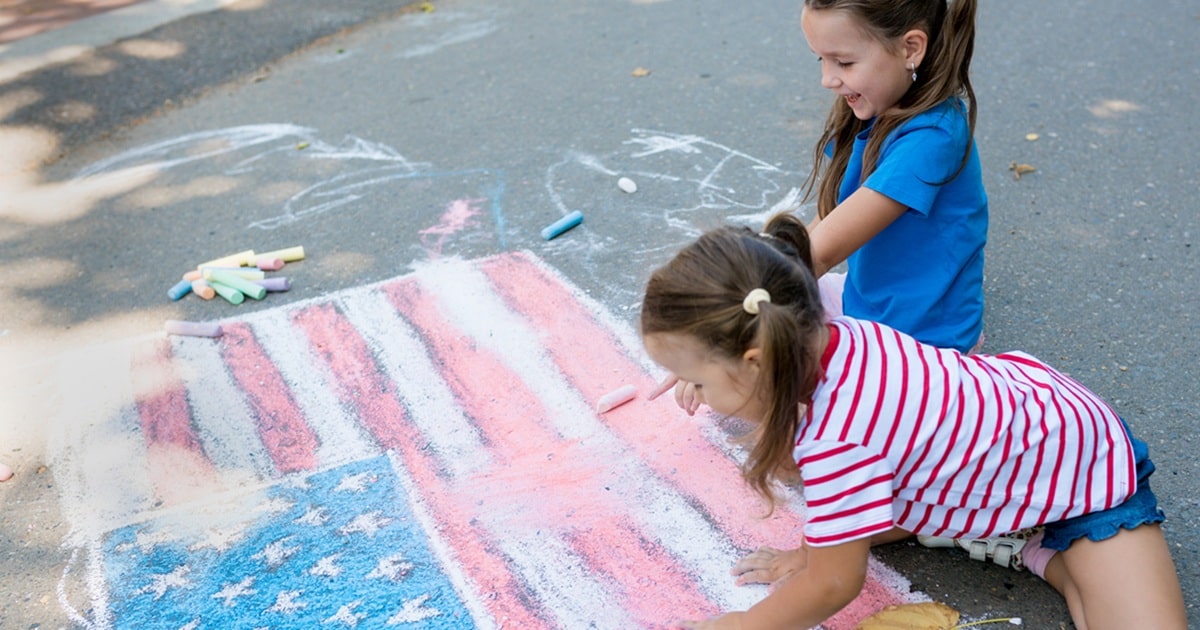ATLANTA — The tale of two intrepid people setting off on a journey to explore the vast expanse of the United States is well-worn by now. Inspired by the colonialist principle of Manifest Destiny, the belief that American settlers were destined to take ownership of the land from the Atlantic to the Pacific coast, intertwined with exceptionalism and transcendence, has inspired many canonized tales ranging from “Great American Novels” like Mark Twain’s Adventures of Huckleberry Finn to counterculture classics such as On the Road by Jack Kerouac.
As with the ideology that White settlers used to rationalize the genocide of Indigenous people, these stories have always prioritized cis-het White male characters and their self-actualization, often while sidelining, exploiting, or eliminating others who do not fit that very specific set of characteristics. The resulting image of Americana long ingrained in the nation’s collective consciousness is one of privilege and pillaging cloaked in the romantic sublime. It is within this history that Kelli Connell creates her art.

Connell turns to Edward Weston’s collaborations with and photographs of writer Charis Wilson as the inspiration for her exhibition, Pictures for Charis, at the High Museum of Art. In the 1930s, Weston and Wilson, who were romantically involved, traversed the American West, leading to their co-authored book California and the West (1940). The book includes dozens of Weston’s photographs of the locales they visited, many featuring Wilson within the landscape, such as “Floating Nude”(1939). Still others focus exclusively on exploring Wilson’s body, as in “Nude” (1934). In fact, Wilson is almost always photographed in the nude. The continual insertion of her form within these landscapes creates the impression that her body is yet another part of it — another resource for Weston to use.
Connell and her then-partner, Betsy Odom, retraced Weston and Wilson’s journey, photographing similar compositions in many of the same places. Displayed together in the same space, the two bodies of work appear nearly identical — Connell’s “Doorway II” (2015) and Weston’s “Nude” (1936) are particularly alike. Connell’s reenactment of Weston and Wilson’s collaboration reclaims the presentation of femininity for women and contextualizes it within a framework of homosexual (and, importantly, non-male) desire but her work does not deconstruct or refuse the romanticized American landscape that Weston and Wilson helped visualize. Connell’s photographs contain all the same poetic grandiosity as Weston’s. Both photographers show that the terrain of the United States is vast but only in Connell’s work does the subject of the photographs, along with the land that surrounds her, exist for more than the artist alone. Here, there is room enough for us all.






Kelli Connell: Pictures for Charis continues at the High Museum of Art (1280 Peachtree Street Northeast, Atlanta, Georgia) through January 5, 2025. The exhibition was co-organized by the High Museum, the University of Arizona Center for Creative Photography and the Cleveland Museum of Art.





Leave a Reply